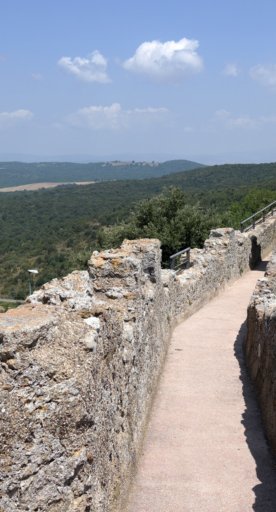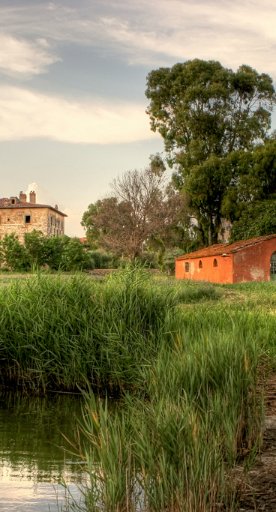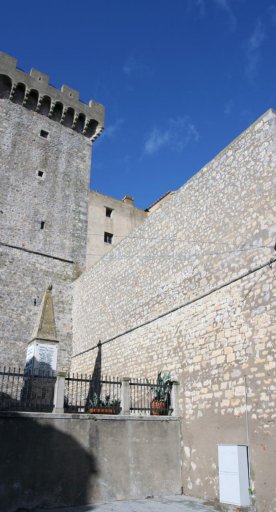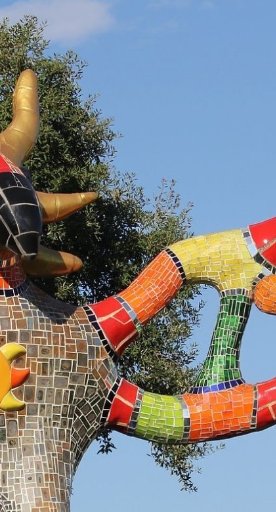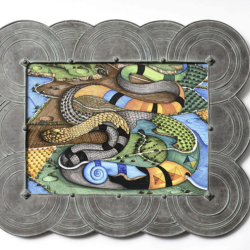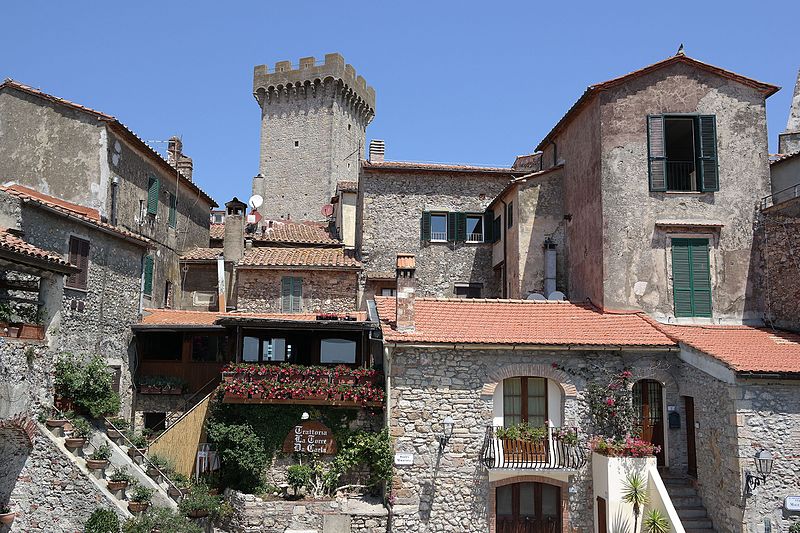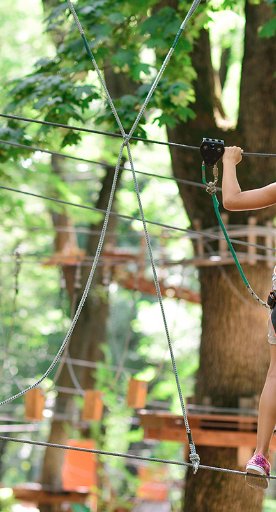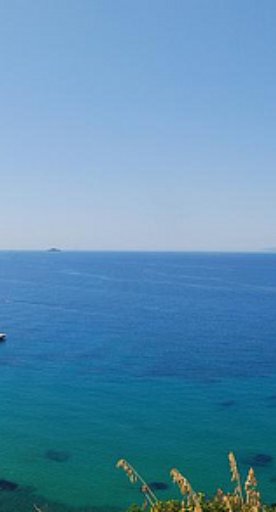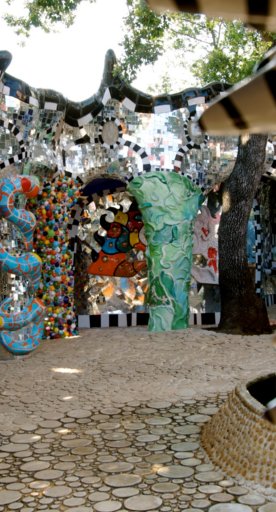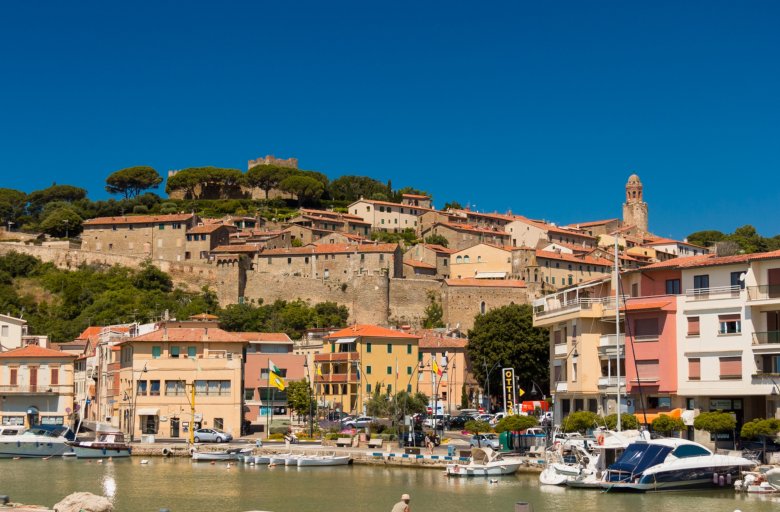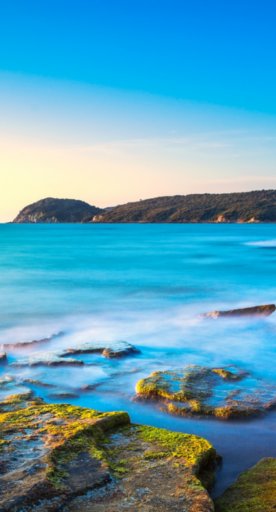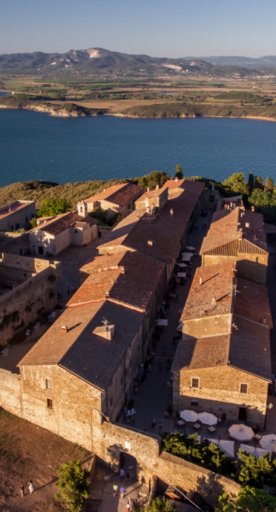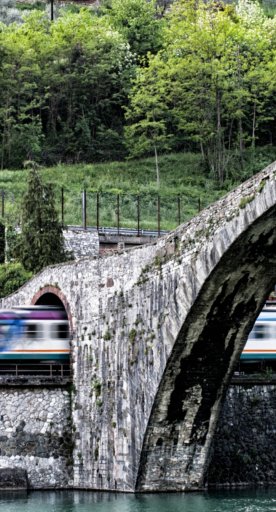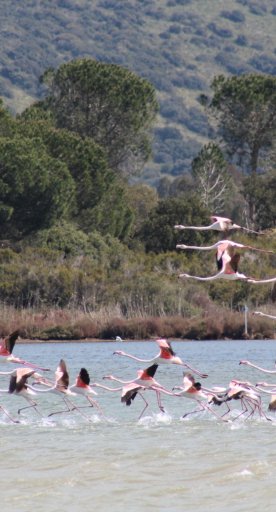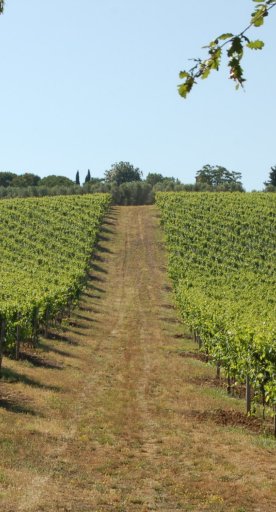Capalbio
Where the views stretch across the entire Maremma and as far as the sea
Capalbio is a beautiful little town in southern Tuscany, standing on a hill mantled in Mediterranean shrub. In the medieval period, the town belonged to the Aldobrandeschi family; in 1416 it passed to the Orsini Counts, before being annexed by the Republic of Siena. The territory was later seized by Cosimo de' Medici, which heralded its period of decline. The Habsburg-Lorraine family later came into it, which marked an end to Capalbio's independence and the beginning of its social disintegration. Banditry became rife, and terrorised the Maremma area for years. In fact, legend has it that Tiburzi, the most famous of all Maremma's brigands, spent most of his time hiding out in Capalbio.
What to see in Capalbio
Passing through Capalbio today, you discover a town that has largely adheres to its medieval plan, in spite of its fluctuating fortunes over the centuries. You can follow the circuit of walls all the way around, and enjoy a wide, wonderful panorama over the surrounding countryside. The Porta Senese still has its original fifteenth-century doors, enormous slabs of wood.
In the old town, not far from the Rocca Aldobrandesca, there is a small treasure chest: the church of San Nicola. The building was erected in the Middle Ages near the top of the hill around which the town rises and over the centuries has been enriched with decorative elements of various styles - Romanesque, Gothic and Renaissance - that make it today a fascinating and pleasant mixture of artistic expressions.
To the simple external walls, covered only with plaster, contrasts the interior, a single nave flanked by a series of side chapels, adorned with fine frescoes of the Renaissance period that tell us about the society of the time, its customs, the saints that were praised, the most prominent families.
Place in the heart of the Southern Maremma, over the years Capalbio has become an élite tourist destination, drawing the wealthy with the charming atmosphere of its little streets and the beautiful beaches below of Chiarone, Macchiatonda and la Torba. Even Giacomo Puccini, as we know from his letters to Giuseppe Della Gherardesca and Piero Antinori, loved staying here for the hunting opportunities.
Passing through Capalbio today, you discover a town that has largely adheres to its medieval plan, in spite of its fluctuating fortunes over the centuries. You can follow the circuit of walls all the way around, and enjoy a wide, wonderful panorama over the surrounding countryside. The Porta Senese still has its original fifteenth-century doors, enormous slabs of wood.
In the old town, not far from the Rocca Aldobrandesca, there is a small treasure chest: the church of San Nicola. The building was erected in the Middle Ages near the top of the hill around which the town rises and over the centuries has been enriched with decorative elements of various styles - Romanesque, Gothic and Renaissance - that make it today a fascinating and pleasant mixture of artistic expressions.
To the simple external walls, covered only with plaster, contrasts the interior, a single nave flanked by a series of side chapels, adorned with fine frescoes of the Renaissance period that tell us about the society of the time, its customs, the saints that were praised, the most prominent families.
Place in the heart of the Southern Maremma, over the years Capalbio has become an élite tourist destination, drawing the wealthy with the charming atmosphere of its little streets and the beautiful beaches below of Chiarone, Macchiatonda and la Torba. Even Giacomo Puccini, as we know from his letters to Giuseppe Della Gherardesca and Piero Antinori, loved staying here for the hunting opportunities.
Nearby
If you're in the area, it's definitely worth taking a walk around the beautiful nature reserve that circles the banks of Lake Burano, which is ideal for birdwatching at different times of the year. Capalbio is not far from Castiglione della Pescaia and Porto Santo Stefano, both come warmly recommended to anyone who likes old towns that look out over the sea. Finally, we must mention the incredible Tarot Garden in the village of Garavicchio: creation of the great artist Niki de Saint Phalle, it inspired by Gaudi's Park Güell in Barcelona.
If you're in the area, it's definitely worth taking a walk around the beautiful nature reserve that circles the banks of Lake Burano, which is ideal for birdwatching at different times of the year. Capalbio is not far from Castiglione della Pescaia and Porto Santo Stefano, both come warmly recommended to anyone who likes old towns that look out over the sea. Finally, we must mention the incredible Tarot Garden in the village of Garavicchio: creation of the great artist Niki de Saint Phalle, it inspired by Gaudi's Park Güell in Barcelona.
Events
Capalbio's fame certainly has not been harmed by the short film festival Capalbio Cinema, which takes place in the first half of July and brings big names, from Italy and worldwide, into the town. Other annual events not to miss include Capalbio Libri (Capalbio Books) and the Butteri Tournament - butteri refers to the farmhands who look after the horses and livestock.
Capalbio's fame certainly has not been harmed by the short film festival Capalbio Cinema, which takes place in the first half of July and brings big names, from Italy and worldwide, into the town. Other annual events not to miss include Capalbio Libri (Capalbio Books) and the Butteri Tournament - butteri refers to the farmhands who look after the horses and livestock.
Typical dishes and produce
Capalbio's gastronomic traditions reflect those of Maremma as a whole, albeit with a few variations. There's no shortage of wild boar-based recipes on the menu, and a lot of fresh pasta like pappardelle, fettuccine and tortelli. Acquacotta is a type of peasant soup with vegetables, bread and eggs; buglione di agnello is a lamb stew and ciaffagnone is a crêpe-like delicacy. Those who love fresh fish will appreciate the caldaro.
Capalbio's gastronomic traditions reflect those of Maremma as a whole, albeit with a few variations. There's no shortage of wild boar-based recipes on the menu, and a lot of fresh pasta like pappardelle, fettuccine and tortelli. Acquacotta is a type of peasant soup with vegetables, bread and eggs; buglione di agnello is a lamb stew and ciaffagnone is a crêpe-like delicacy. Those who love fresh fish will appreciate the caldaro.

